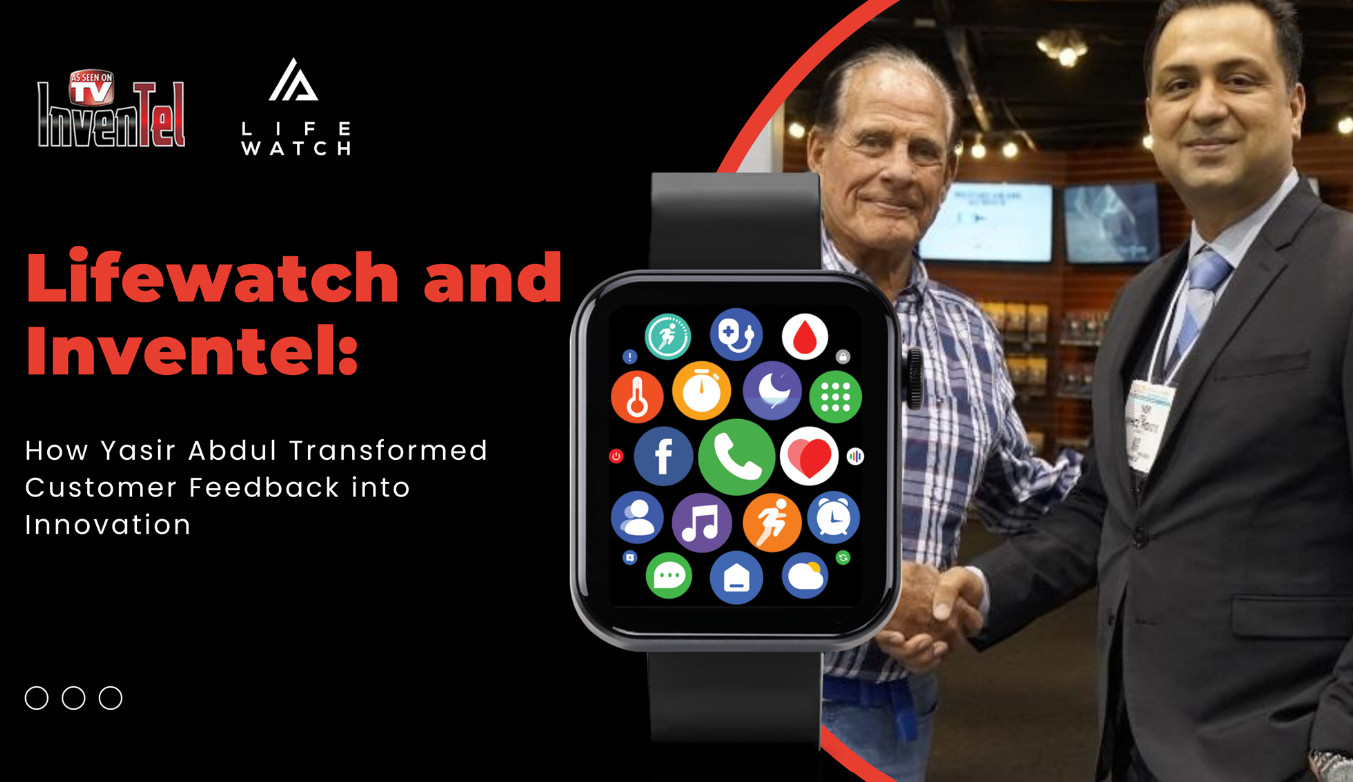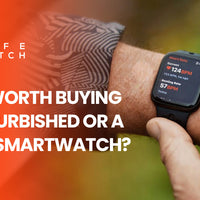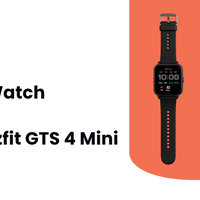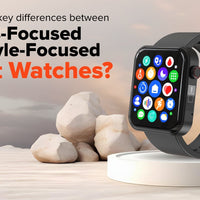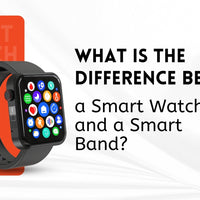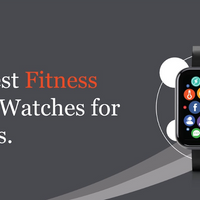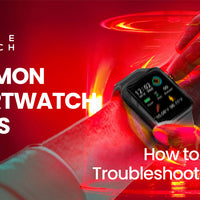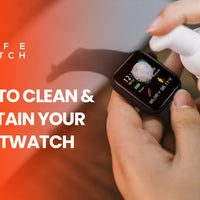In the competitive world of wearable technology, innovation is key to staying ahead. For Inventel, the creator of Lifewatch, this innovation has been driven by a deep commitment to understanding and responding to customer feedback. At the heart of this transformative approach is Yasir Abdul, a visionary leader who has turned user input into cutting-edge advancements. This article explores how Yasir Abdul has harnessed customer feedback to revolutionize Lifewatch, making it a standout in the crowded market of smartwatches.
The Role of Customer Feedback in Modern Product Development
Customer feedback has always been a critical component in product development, but in the digital age, its significance has grown exponentially. Yasir Abdul recognized early on that customer feedback is not just a byproduct of product sales but a powerful tool for innovation.
Listening to the Customer:
- Active Engagement: Under Yasir Abdul's leadership, Inventel has prioritized active engagement with its customer base. This means more than just reading reviews; it involves deep dives into user experiences, conducting surveys, and participating in online forums where real conversations about Lifewatch take place.
- Feedback Channels: Inventel has established multiple channels for customers to share their thoughts, including social media, customer service hotlines, and online reviews. By providing these platforms, the company ensures that every voice is heard and every piece of feedback is valued.
Transforming Feedback into Action:
- Identifying Trends: Yasir Abdul's team doesn't just collect feedback—they analyze it. By identifying common themes and recurring issues, Inventel can quickly determine what's working well and what needs improvement. This data-driven approach allows the company to prioritize updates and new features that will have the most significant impact on user satisfaction.
- Continuous Improvement: Feedback isn't just used for troubleshooting; it's a catalyst for continuous improvement. For example, if users consistently mention difficulties with the interface, Inventel doesn't just fix the problem—they rethink the entire user experience to make it more intuitive and user-friendly.
Yasir Abdul's Vision: Turning Challenges into Opportunities

Yasir Abdul's approach to innovation is rooted in his belief that challenges are simply opportunities in disguise. This mindset has been instrumental in transforming customer feedback into tangible improvements and new features for Lifewatch.
Embracing Criticism:
- Proactive Problem-Solving: Rather than shying away from criticism, Yasir Abdul encourages his team to embrace it. Negative feedback is seen as a valuable resource for identifying potential weaknesses in the product. By addressing these issues head-on, Inventel can turn potential negatives into positives, enhancing the overall customer experience.
- Transparency and Trust: Under Yasir Abdul's guidance, Inventel has adopted a policy of transparency when it comes to product challenges. By openly communicating with customers about known issues and the steps being taken to resolve them, Inventel has built a strong foundation of trust with its user base.
Innovative Solutions:
- Feature Development: Many of the most popular features of Lifewatch were born from customer feedback. For example, users requested more advanced health-tracking capabilities, leading to the development of enhanced heart rate monitoring and sleep analysis functions. These innovations have not only satisfied customer demands but have also set Lifewatch apart from competitors.
- User-Centric Design: Yasir Abdul has championed a user-centric approach to design, ensuring that Lifewatch is not just technologically advanced but also easy to use and visually appealing. Feedback about design aesthetics and functionality has directly influenced the evolution of Lifewatch's form and interface, resulting in a product that truly resonates with users.
Case Studies: How Lifewatch Evolved Through Customer Insights
To truly understand the impact of customer feedback on Lifewatch's development, it's helpful to look at specific case studies where Yasir Abdul's strategies have made a tangible difference.
Case Study 1: Enhancing Health Monitoring Features
- Customer Demand: Early users of Lifewatch praised its basic health monitoring features but expressed a desire for more comprehensive health insights. Many customers specifically requested advanced sleep tracking and more accurate heart rate monitoring.
- Innovative Response: In response, Yasir Abdul led the development of new algorithms and sensor technologies that dramatically improved Lifewatch's health-tracking capabilities. The result was a more accurate and detailed health monitoring system that won widespread acclaim from users and industry experts alike.
Case Study 2: Improving Battery Life
- Customer Feedback: One of the most common complaints from early adopters of Lifewatch was the device's battery life. Users found that frequent charging was inconvenient and detracted from the overall user experience.
- Solution: Yasir Abdul's team took this feedback seriously, prioritizing battery efficiency in subsequent updates. Through hardware optimizations and software enhancements, Inventel was able to extend Lifewatch's battery life significantly, addressing one of the key pain points for users.
Case Study 3: Streamlining User Interface
- User Experience Concerns: Some users reported that Lifewatch's interface was initially difficult to navigate, particularly for those not familiar with smartwatches. This feedback highlighted a need for a more intuitive and user-friendly design.
- Design Overhaul: Yasir Abdul spearheaded a redesign of the interface, focusing on simplifying navigation and making key features more accessible. The revamped interface was met with positive reviews, especially from users who had previously struggled with the device.
The Future of Lifewatch: Continuous Innovation and Customer-Centricity
Yasir Abdul's commitment to leveraging customer feedback for innovation is not just a one-time strategy—it's a continuous process that will shape the future of Lifewatch and other Inventel products.
Ongoing Customer Engagement:
- Future Feedback: Inventel remains committed to staying closely connected with its customers. Yasir Abdul has emphasized that as technology evolves, so too must the ways in which the company gathers and responds to feedback. This includes exploring new feedback channels, such as AI-driven sentiment analysis and real-time user experience monitoring.
- Co-Creation: Looking ahead, Inventel plans to involve customers even more directly in the product development process. Through beta testing programs and user focus groups, customers will have the opportunity to contribute to the design and functionality of future Lifewatch models.
Innovation Roadmap:
- Next-Generation Features: Based on ongoing feedback, Inventel is already working on the next generation of Lifewatch features. These include enhanced AI-driven health insights, expanded connectivity options, and further improvements to battery life and durability.
- Sustainability Initiatives: Customer feedback has also highlighted the growing importance of sustainability. In response, Yasir Abdul has initiated efforts to make Lifewatch more environmentally friendly, from using recyclable materials to implementing energy-efficient manufacturing processes.
Conclusion
Yasir Abdul's leadership at Inventel has been instrumental in transforming customer feedback into innovation, making Lifewatch a standout product in the wearable technology market. By listening to customers, embracing challenges, and continuously evolving the product, Abdul has ensured that Lifewatch not only meets but exceeds user expectations. As Inventel continues to innovate, driven by customer insights, Lifewatch is poised to remain at the forefront of the industry, setting new standards for what a smartwatch can achieve.
Read More Articles:
- 10 Best Smartwatches, Editor Tested and Reviewed 2024
- Medical Smartwatch: Wearable Tech in Healthcare
- Exploring the Benefits of LifeWatch
- 6 Types of Useful Smartwatch Interactions
- Difference Between Regular Life Watch and Deluxe Life Watch
- Smart watches: A review of evolution in the bio-medical sector
